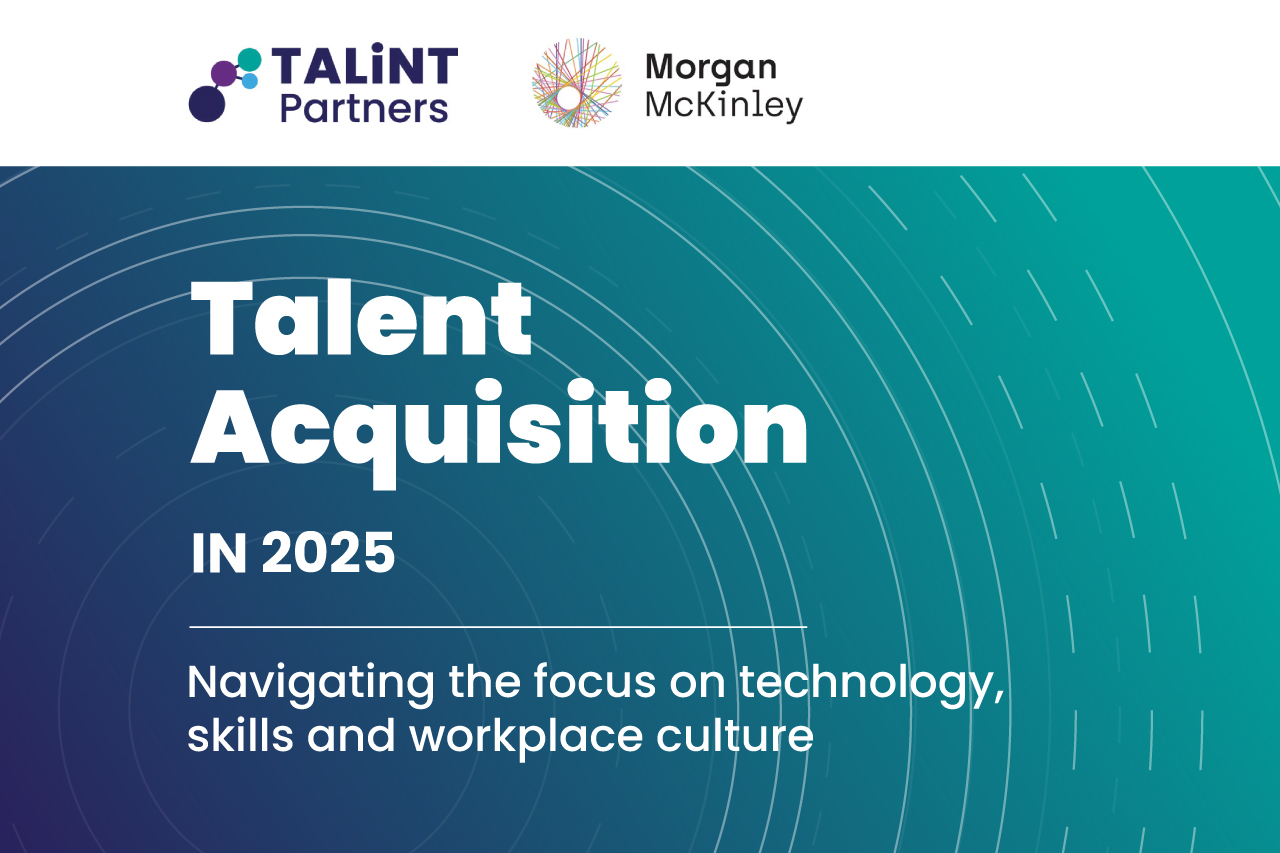Featured insights

Recent Trends in Talent Acquisition: Insights You Can't Miss
The year 2025 is here, bringing with it a dynamic mix of opportunities and challenges.

[Ebook] The ultimate guide to Recruitment Process Outsourcing (RPO)
Recruitment Process Outsourcing, or RPO, offers cost-saving, flexible solutions that can be scaled up and down when needed.

The future of work in ASEAN
Three key developments that can help your business thrive. Across the Association of Southeast Asian Nations...
Talent solutions. Built for you.
Reach out to us to for a free consultation on how we can help you










